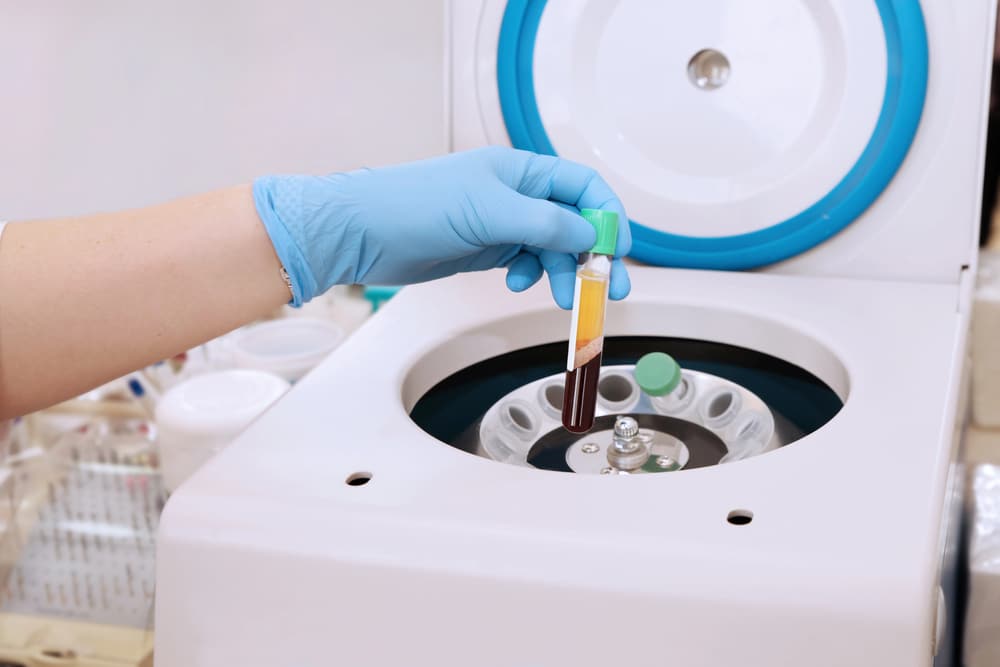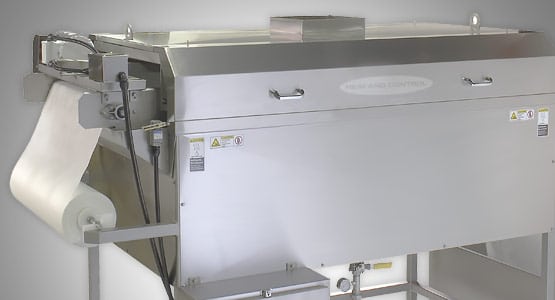Protecting yourself from damaging UV rays is vital, but did you know certain textiles can help?
According to Innovation in Textiles:
With the summer approaching, Hohenstein Institute has issued tips and advice regarding clothing made with UV-protective textiles that could provide the necessary protection against the sun, where sunshade and sun cream are not always the option.
Too much sun and ultraviolet (UV) rays, in particular, can cause lasting damage to eyes and skin. On the other hand, we need exposure to the sun to produce vitamin D, which is, for example, important for bone development. However, babies and children only have little or no protection until about the age of 15, when the human body develops full protection against harmful UV rays. But even then, this protection is only effective for a limited period of time when exposed to direct sunlight.
Sunscreen with UV protection, like sunblock, can offer a solution, but can only provide a sun protection factor (SPF) of 50. This can get washed off or rubbed off and must be re-applied several times to ensure long-term protection. Sunshades or awnings also only provide limited protection from indirect or reflected sunlight.
That is why dermatologists recommend that you also wear clothes covering your body as sun protection. Long trousers, a long-sleeved shirt and headgear with as wide a brim as possible are all useful, while children should wear neck protection as well. The colour and design of clothing is important too. Dark colours provide a higher level of protection than light colours. In general, denser material provides better protection against UV rays. Synthetic fibres therefore have a higher UV protection factor than products made from natural fibres.
“The best way is to choose textiles that guarantee a high level of UV protection. Check whether a textile has been awarded a UPF (Ultra Violet Protection Factor), and which level was awarded. This helps you to see to what extent a textile offers protection from sunlight,” the Hohenstein Institute explains.
UV-protective textiles can provide extremely effective protection from UV rays. Depending on the basis, they can provide a protection factor (UPF) of up to 80, which would allow you to spend the whole day outside.
“When determining a reliable UPF for the consumer, the special challenges facing sunscreen textiles during use must be taken into account,” emphasised Silke Heidt, head of UV protection testing at Hohenstein. “That is why we recommend that you wear modern UV textiles, tested to the UV Standard 801, to ensure your safety when out in the sun.”
“Textiles have been tested using the UV Standard 801 for 20 years. This provides effective prevention, as the textiles are also tested when wet, stretched and used – under realistic conditions – as part of the UV Standard 801 test procedure. This helps us to guarantee that you can enjoy the sun to the fullest, without having to worry.”









